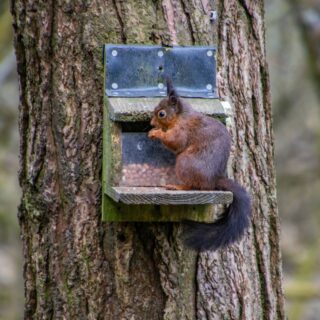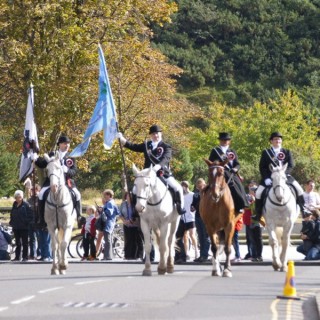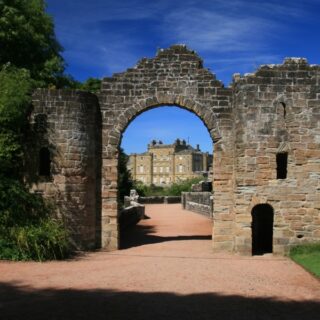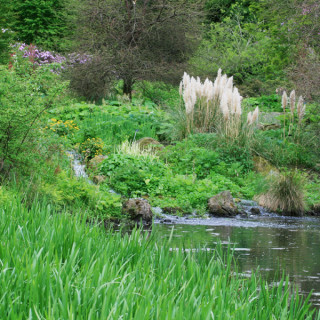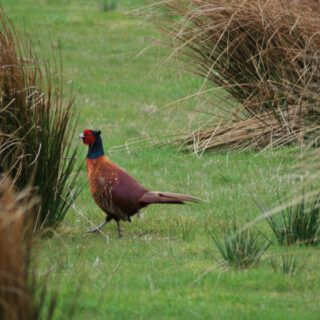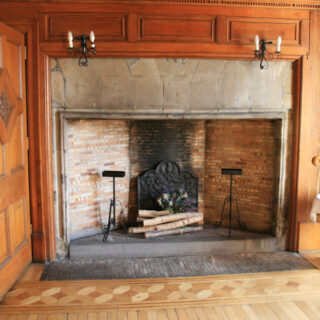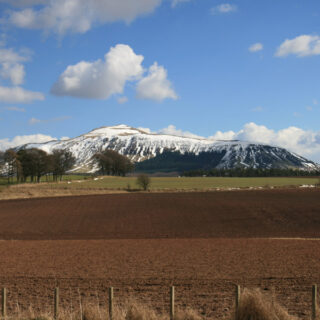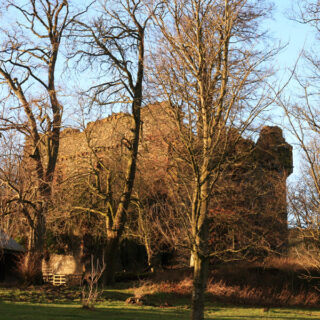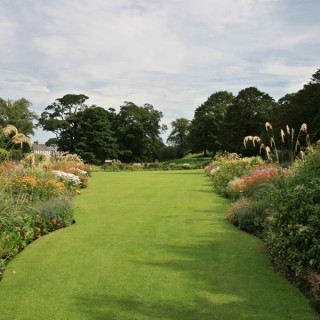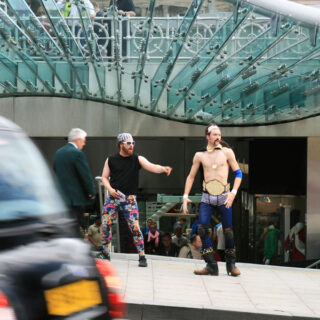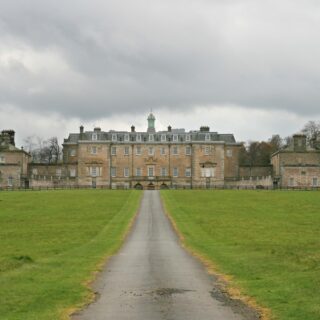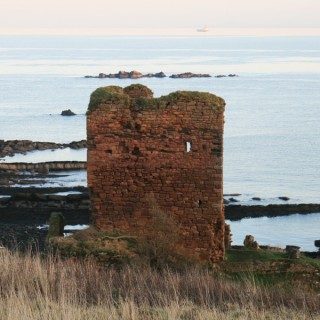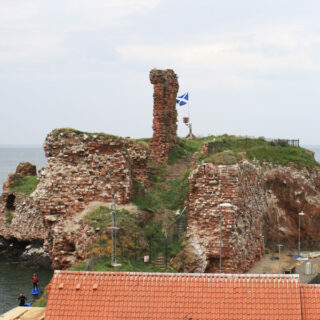The Scottish midge
There are thousands of species of midge belonging to the Ceratopogonidae family across the world. In Scotland there are around 35 types of biting midge, 5 of which particularly enjoy the taste of people. Of these 5, by far and away the worst is the Culicoides impunctatus, thought to be responsible for 90% of midge bites on humans.
Only the female midge bites, drawn to its prey by the smell of carbon dioxide. Unlike a mosquito which punctures the skin in search of blood, the midge actually bites a tiny chunk out, leaving a small red mark which usually swells up and becomes itchy.
Thankfully midges aren’t a problem all year round, and don’t occur all over Scotland. The midge season usually lasts from June until September, with July and August being the worst months.
The Scottish Midge Forecast bravely and selflessly trap and count midges in order to map midge levels across Scotland and provide a daily midge forecast to keep visitors and natives alike updated on what the midges are up to.
Midges like warm, damp places, and are worse in the morning and at dusk than during the day or later at night. Avoid pitching a tent close to water and trees and you’ll be doing yourself a favour.
Midges don’t come out when it’s too windy, and prefer dark clothing to light.
They are worst in the north-west and west of Scotland compared to other areas.
There are numerous ways to protect yourself against these tiny monsters, from lotions and potions to specialist clothing. Please visit the insect repellents page for more information, and a group test of four kinds of midge repellents.
It is worth keeping things in perspective though. The Scottish midge has a fearsome reputation (with good reason) but while annoying, they won’t spoil your holiday completely!
Two books are available, taking a light-hearted look at midges.
